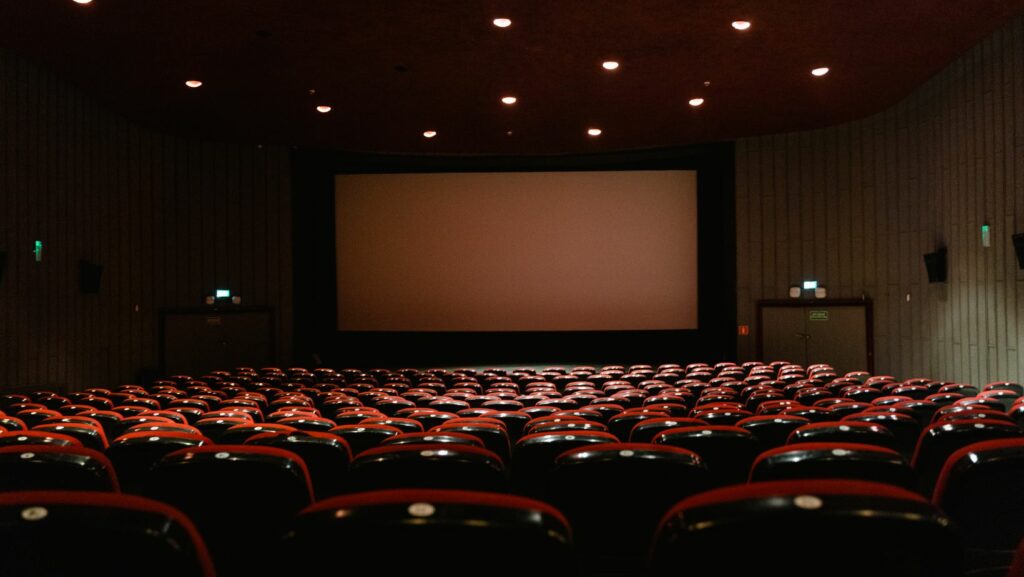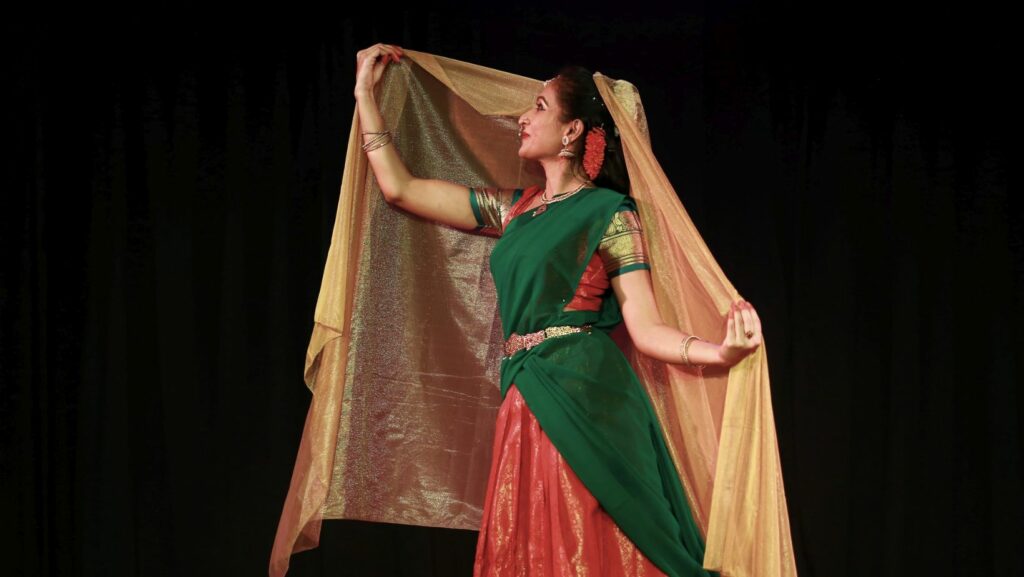Key Takeaways
- Evolution of Storytelling: Indian cinema is embracing non-linear narratives and multi-layered characters, reflecting the audience’s desire for deeper storytelling.
- Impact of Streaming Platforms: Services like Netflix and Amazon Prime Video are redefining traditional film distribution, enabling filmmakers to explore niche genres and reach global audiences.
- Emerging Genres: There is a notable rise in innovative genres such as thrillers and new age romantic comedies, which incorporate contemporary themes and relatable characters.
- Technological Advancements: The integration of advanced visual effects (VFX) and camera technology is enhancing the overall cinematic experience, resulting in visually captivating films.
- Diversity and Representation: There is an increasing emphasis on diverse storytelling that includes strong female characters and LGBTQ+ narratives, reflecting the rich cultural tapestry of India.
- Growth of Regional Cinema: Regional films are gaining prominence, showcasing unique narratives and cultural diversities, further broadening the scope of Indian cinema on global platforms.
Indian cinema is evolving at a rapid pace, reflecting the changing tastes and preferences of its audience. With the rise of digital platforms and a growing appetite for diverse storytelling, filmmakers are exploring new narratives that resonate with both local and global viewers. From gripping thrillers to heartfelt dramas, the latest trends showcase a vibrant tapestry of creativity. As technology advances, so does the way films are produced and consumed. The integration of advanced visual effects, innovative marketing strategies, and the increasing influence of social media are reshaping the cinematic landscape. This dynamic environment not only enhances the viewing experience but also opens doors for fresh talent and unique voices in the industry. Understanding these trends is essential for anyone looking to grasp the future of Indian cinema.
Indian Cinema Latest Trends
 Indian cinema showcases a rich tapestry of storytelling, driven by a dynamic interplay of cultural narratives and technological advancements. The industry produces over 1,800 films annually in various languages, including Hindi, Tamil, Telugu, and Bengali. This diversity allows filmmakers to reach diverse audience segments both domestically and globally.
Indian cinema showcases a rich tapestry of storytelling, driven by a dynamic interplay of cultural narratives and technological advancements. The industry produces over 1,800 films annually in various languages, including Hindi, Tamil, Telugu, and Bengali. This diversity allows filmmakers to reach diverse audience segments both domestically and globally.
Technological innovation significantly influences production quality. The use of advanced visual effects, augmented reality, and digital editing has transformed how stories are told, enhancing viewer engagement. Moreover, streaming platforms like Netflix and Amazon Prime Video have revolutionized distribution, offering filmmakers broader access to audiences while changing traditional release strategies.
The thematic landscape of Indian cinema is evolving. Recent films explore complex social issues, historical narratives, and human emotions, reflecting the audience’s preference for nuanced storytelling. Genre blending, such as combining romance with action or comedy with drama, captivates viewers and fosters creativity. Popular films like “”Gully Boy”” and “”Andhadhun”” exemplify this trend, achieving critical acclaim and commercial success.
Marketing tactics have also shifted, with filmmakers leveraging social media to build anticipation and engage viewers. Creative campaigns that include interactive content and collaborations with influencers enhance visibility and foster community around films. The rise of digital platforms encourages grassroots marketing, allowing new talent to emerge and gain recognition through unique storytelling.
The changing landscape of Indian cinema embodies a blend of tradition and modernity, reflecting an industry that adapts to audience preferences while pushing creative boundaries. As technological advancements and audience engagement strategies evolve, understanding these trends becomes essential for recognizing the future trajectory of Indian cinema.
Evolution of Indian Cinema Latest Trends
Indian cinema continues to evolve rapidly, influenced by advancements in technology and audience expectations. The latest trends reveal significant changes in distribution methods and storytelling styles.
Influence of Streaming Platforms
Streaming platforms like Netflix, Amazon Prime Video, and Disney+ Hotstar significantly impact Indian cinema. In 2022, around 87% of Indian households used streaming services, showcasing their popularity. These platforms not only broaden distribution but also allow filmmakers to explore niche genres and unconventional narratives. Films like “”Ludo”” and “”Bandish Bandits”” gained traction on streaming services, highlighting the shift from traditional box office releases to digital debuts. This transition offers filmmakers increased creative freedom and a diverse global audience, reinforcing the importance of engaging content.
Shift in Storytelling Techniques
Modern storytelling techniques in Indian cinema reflect evolving audience sensibilities. The narrative structures have shifted to incorporate non-linear storytelling and multi-layered characters. Recent works like “”The White Tiger”” and “”Masaan”” challenge traditional plots, aiming for depth and social commentary. Filmmakers now combine genres, mixing elements of drama, comedy, and thriller in ways that resonate with viewers. Enhanced visual storytelling, fueled by technology, enables more immersive experiences, drawing audiences into richly crafted worlds. These evolving techniques foster creativity and help to address contemporary themes, echoing societal changes and generating thoughtful discussions within the film community.
Emerging Genres in Indian Cinema
Recent developments in Indian cinema reveal a surge of innovative genres, reflecting diverse storytelling and changing audience preferences. These trends include notable expansions in thriller, horror, and romantic comedies.
Thriller and Horror Trends
Thriller and horror genres in Indian cinema are experiencing significant growth, captivating audiences with gripping narratives and unexpected twists. Films like “”Khuda Haafiz”” and “”Laxmii”” showcase intense plots that blend psychological tension with supernatural elements. The rise of streaming platforms has facilitated access to international inspirations, leading filmmakers to experiment with suspense and fright in unique ways. The integration of technology, such as high-quality visual effects, enhances the horror experience. Furthermore, recent projects like “”Bhoot”” and “”Stree”” emphasize culturally rooted supernatural themes, drawing from local folklore while appealing to contemporary tastes.
New Age Romantic Comedies
New age romantic comedies are redefining conventions within Indian cinema, merging humor with relatable storylines that reflect modern relationships. Films like “”Shubh Mangal Zyada Saavdhan”” and “”Pati Patni Aur Woh”” address pressing social topics while maintaining comedic elements. Character development has shifted towards depicting realistic portrayals of love, friendship, and societal expectations. This genre’s evolution includes a focus on LGBTQ+ narratives and progressive themes, resonating with a younger audience. Filmmakers are utilizing innovative storytelling techniques and charismatic performances to create memorable cinematic experiences, positioning new age romantic comedies as a staple in the contemporary Indian film landscape.
storylines that reflect modern relationships. Films like “”Shubh Mangal Zyada Saavdhan”” and “”Pati Patni Aur Woh”” address pressing social topics while maintaining comedic elements. Character development has shifted towards depicting realistic portrayals of love, friendship, and societal expectations. This genre’s evolution includes a focus on LGBTQ+ narratives and progressive themes, resonating with a younger audience. Filmmakers are utilizing innovative storytelling techniques and charismatic performances to create memorable cinematic experiences, positioning new age romantic comedies as a staple in the contemporary Indian film landscape.
Impact of Technology on Filmmaking
Technology drives significant transformation in Indian filmmaking. Innovations enhance visual storytelling and broaden creative possibilities, making the industry more dynamic and engaging.
Use of VFX and Animation
Visual effects (VFX) and animation play a crucial role in modern Indian cinema. Filmmakers utilize advanced VFX techniques to create immersive environments and spectacular visuals, enhancing the storytelling experience. Noteworthy examples include “”Baahubali”” and “”RRR,”” which showcase groundbreaking effects that elevate epic narratives, drawing both domestic and international audiences. Animation has also gained traction, with films like “”Gattu”” and “”Mohenjodaro”” demonstrating unique storytelling through animated sequences that captivate viewers of all ages.
Advances in Camera Technology
Camera technology advances significantly impact filmmaking techniques in India. High-definition cameras and digital filming options allow for superior image quality, while innovations such as drones provide new perspectives and aerial shots that enrich storytelling. Cinematographers now incorporate tools like 360-degree cameras to create immersive experiences. Films such as “”Tumbbad”” and “”Chhichhore”” showcase innovative cinematography, utilizing these technologies to enhance storytelling and emotional depth, resulting in visually striking narratives that resonate with audiences.
Representation and Diversity in Indian Cinema
Indian cinema increasingly embraces representation and diversity, showcasing a broader spectrum of characters and stories. This shift enriches narratives and provides wider audience relatability.
Portrayal of Women and LGBTQ+ Characters
Portrayals of women in Indian cinema have evolved significantly. Films highlight strong, independent women, moving away from traditional stereotypes. Present-day narratives showcase female characters in varied roles, with films like “”Piku”” and “”Raazi”” illustrating women’s strength and resilience in complex situations. Furthermore, LGBTQ+ representation has garnered attention, with films like “”Shubh Mangal Zyada Saavdhan”” and “”Ek Ladki Ko Dekha Toh Aisa Laga”” exploring same-sex relationships and identity. Such films contribute to a more inclusive portrayal, breaking societal taboos and opening conversations around gender diversity.
Regional Cinema and its Rise
Regional cinema experiences a notable surge, showcasing the rich tapestry of India’s diverse cultures and languages. Films in languages such as Tamil, Telugu, and Bengali gain prominence, often achieving regional and national acclaim. Titles like “”Super Deluxe”” and “”Kumbalangi Nights”” exemplify this trend, presenting unique narratives that resonate with local audiences while garnering recognition on global platforms. As streaming services expand access, regional films find broader viewership, demonstrating that compelling storytelling transcends linguistic and cultural barriers, solidifying the importance of regional cinema within the Indian film landscape. The landscape of Indian cinema is undergoing a remarkable transformation. With innovative storytelling and diverse narratives at the forefront filmmakers are pushing boundaries and captivating audiences. The integration of technology and digital platforms has not only enhanced production quality but also expanded access to varied genres and themes. As the industry embraces representation and inclusivity it reflects the richness of India’s cultural tapestry. This evolution signals a promising future for Indian cinema where creativity and audience engagement continue to thrive. The ongoing trends suggest an exciting journey ahead for filmmakers and viewers alike.



